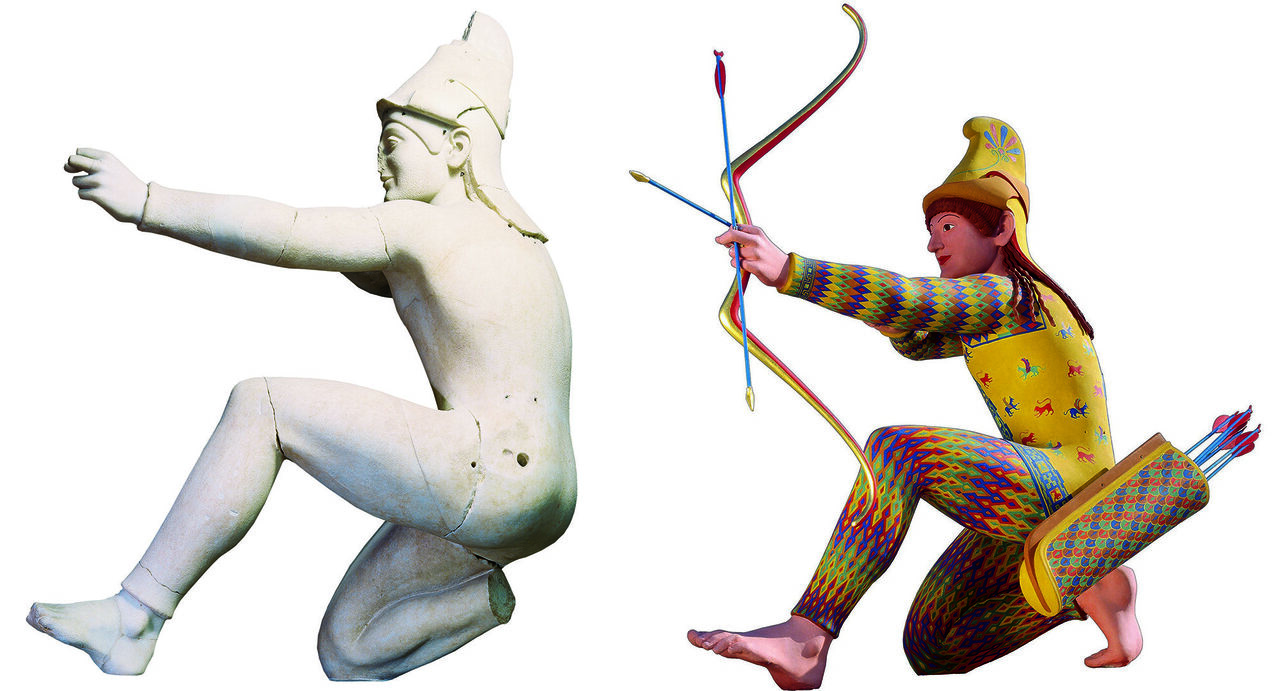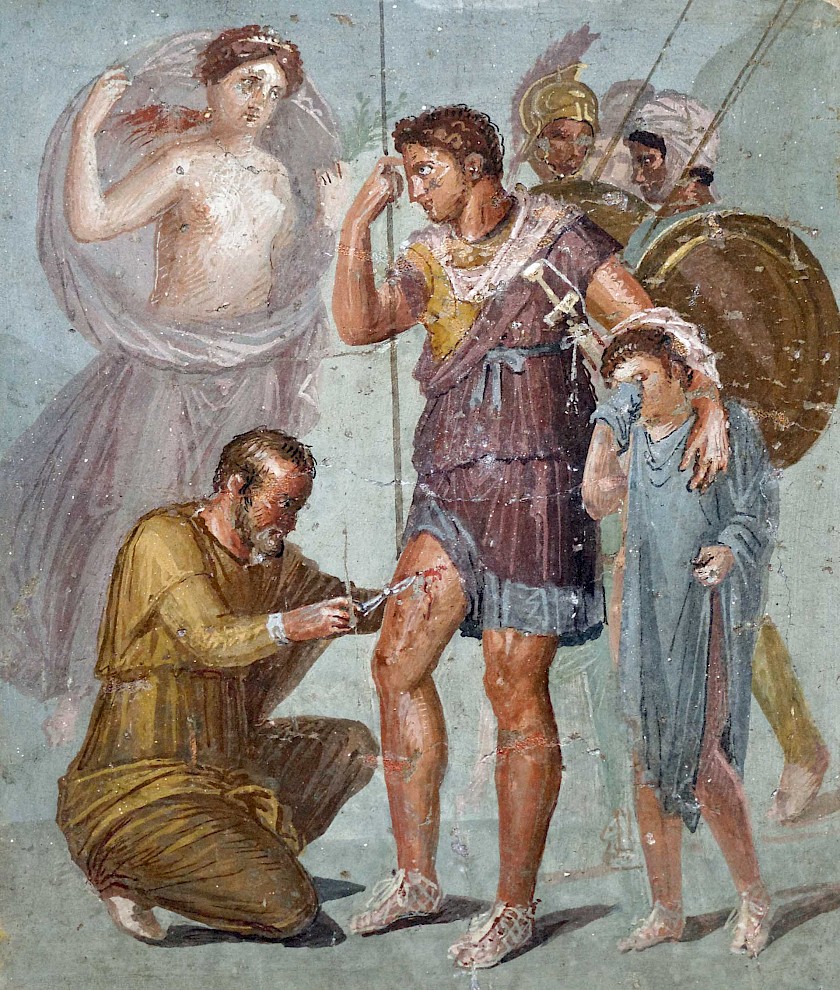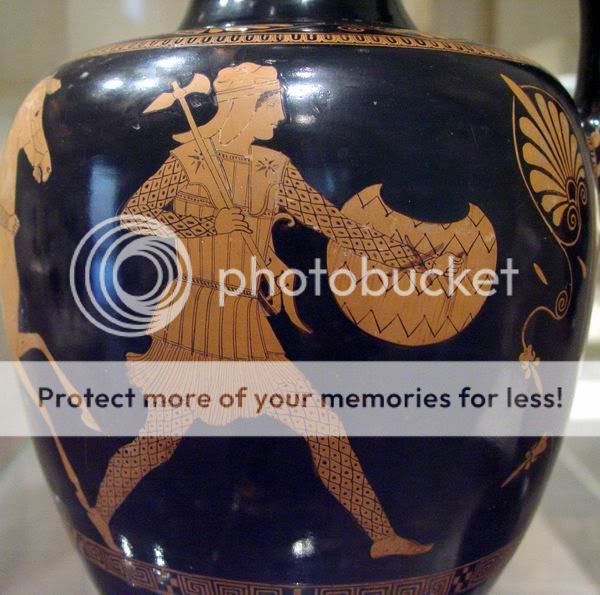Hexameter in which both Illyad and Odyssey are redacted. It was mostly tool for memorizing phrases for oral tradition long before they were written down, which means that certain phrases were repeated unchanged for the sake of remembering them for melorecitation. Then they were making it into more "modern" artistic vocabulary. Alcaeus being a poet, he might or might not be writing literally.
However, you are mentioning Iphicrates giving the Athenian soldiers linen cuirasses... Well, if you're going to dismiss Pollux and Hesychius, then you have to dismiss this too. Because it's after Cornelius Nepos and quite anachronistic:
"He likewise changed the character of their cuirasses, and gave them linen ones instead of those of chain-mail and brass; a change by which he rendered the soldiers more active;"
Chainmail in times of Iphicrates. Of course he might be only partially mistranslating older sources. But same might be true for Pollux and Hesychius.
The T & Y form for the Persian body armor might be accurate since the finds of the Skythian cultural area body armor also are T & Y. Doesn't look like the cut is explicitly Greek invention. It was used by nearly everyone.
It's less survivable unless it's mummified somehow. Even after tanning it still retains some of its fat and proteins. Hence the preserved pieces of cloth from Greece, but not leather.
All those examples can be depicting anything. Leather can be dyed and painted too. Greek art often isn't very realistic. It's not possible to tell if a light color is cloth or tanned leather.
Even then, sculptors weren't photographers and often were following same artistic conventions:
Art is not an evidence for the material.
Leather sandals, rendered in white:
And you were saying Greek pottery always depicts T & Y as smooth?
Well, THAT depends on the artist.














 Reply With Quote
Reply With Quote






